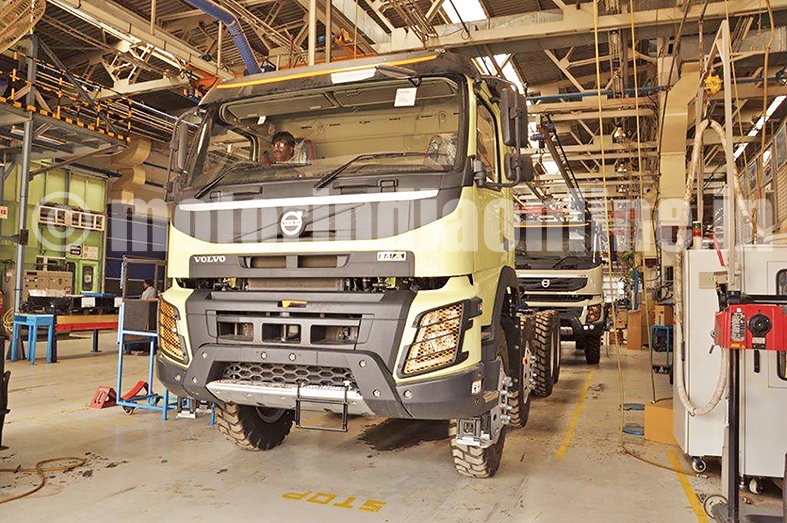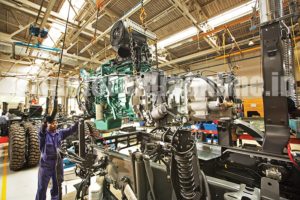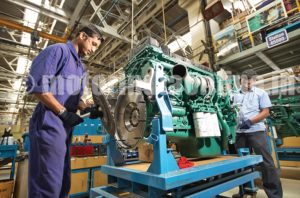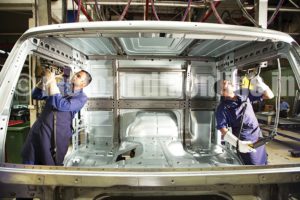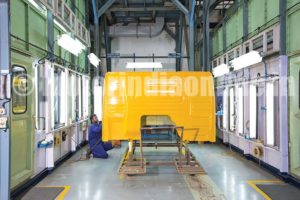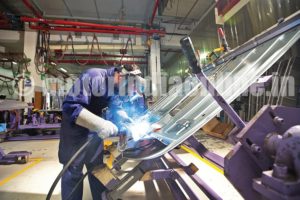Ease. Control. Command. Whether it is a bespectacled little girl driving the truck using a remote, a hamster unknowingly steers the monster while trying to grab the carrot, or the self-driving convoy – the first two examples are the stars of two promotional films by Volvo Trucks and the last refers to the EU Truck Platooning Challenge, a first event of its kind held in early April 2016 that involved six convoys of semi-automated trucks manufactured by Europe’s six top manufacturers, including Volvo, inter-connected by Wi-Fi, in a European cross-border trip.
Though it is the last, and probably the most important of all case studies, which has the last word on it. In other words, Volvo Trucks can safely add this writer to its list of those who can drive its I-shift version FMX mining trucks, even without prior driving experience.
All the four examples prove the opening key words. Driving this particular Volvo tipper is as easy as a child’s play.
The idea behind executing the above examples by Volvo Trucks is to prove that mechanical solutions using high-end technology can bring easier, safer and less stressful solutions to trucking, especially in a sector like mining.
The I-shift version of FMX 440 8×4 mining truck, launched in April, is tailor-made for Indian mines and boasts of an automated gear box that can work in 100 m deep mines. It is programmed to be gentler on its drivers who are plagued by the inherent requirement of stop-and-go motion when plying in mines. This 19.5 cu.m tipper is fitted with I-shift transmission AT2612D – a 12-speed electronically controlled splitter – and mining truck drivers are the target.
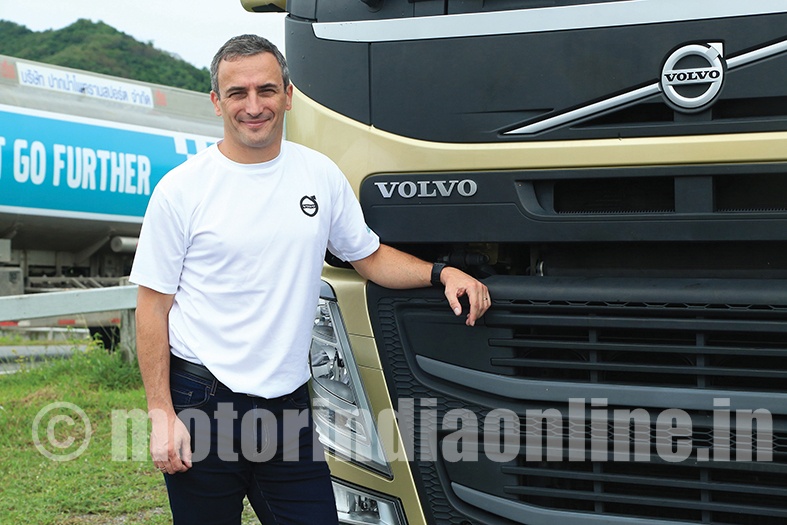
Mr. Pierre Jean Verge-Salamon, President, Volvo Group, Truck Sales, says: “Feedback has been extremely positive. The drivers are happy because the fatigue factor has come down drastically and the fuel efficiency has improved earning back the price difference for the truck owner.” The I-shift version, of course, is expensive by 3 per cent compared to the manual transmission.
Mr. Verge-Salamon proudly reiterates: “Remember that making mining trucks is in our DNA. And in India we have developed a unique set of competence linked to mining activity. With the market looking up and, in my opinion, by next year it should reach its peak, we are ready for it with FMX 440 with I-shift.”
Talking about the steady upsurge in the market for tipper trucks in India, he observes: “It is amazing that when the world is collapsing, India is skyrocketing. Today, the image of India is positive worldwide, so it is time to take decisive actions on issues like GST, environmental norms and speed of infrastructure implementation. I feel this upsurge will remain so for the next 2-3 years.”
While I-shift models of Volvo Trucks are sold all over the world in their FH, FM series, they are new kids on the block in India. He admits that he does not feel as if he is overreaching himself. Mr. Verge-Salamon says: “India stands at No. 12 in the world in terms of volumes for us. Probably in the next 18 months or a little less, the I-shift will take over in India. A case in point for us is, for example, Coal India which declared last year that it will double coal production in the next five years, which means that technically our ambition is to double our volume of sales for the next five years.”
Keeping in line with that Volvo Trucks has taken the strategic decision to stop manufacturing manual transmission altogether and go for automatic, at the global level. Mr. Verge-Salamon shares: “It is natural for our customers to seek supportive solutions for fuel efficiency and safety because it is hard to find good drivers. In 2015, the ratio of manual to automatic was 60:40 units, and this year we think it will be 80:20. And the next year, it will be 100 per cent.”
But is India technology ready yet? For one, Volvo Trucks is ready with EGR (Exhaust Gas Recirculation) and SCR (Selective Catalytic Reduction) technology for India to operate on when it comes to environmental norms. While opting for EGR does not allow hopping ahead from BS IV to VI, SCR can but at a significantly higher cost of operation.
He points out the challenges posed by Indian conditions, when he says: “We are capable of upgrading. But the price point in India is low which is bound to increase with change of technology. But our philosophy is simple – we adapt to and support the directions in which the authorities go. We have an engine factory in Pitampura where today we are already manufacturing Euro 6 engines, not for India but for Europe, the US and other countries.”
The next generation I-shift coming in is one with crawler gear with varied gear ratios. The product range includes Ultra Low Crawler which is meant for heavy haulage.
While 60 per cent of the worldwide volume for the parent company comes from Asia, 40 per cent is from the rest of the world, of which 20 per cent originates in Europe.
The Volvo Truck plant, situated at Hosakote in Bengaluru, has the in-built capacity to produce 4,000 units a year utilizing two shifts. But, currently, six trucks are produced a day in one shift. Most of the trucks are built-to-order, while very few units are built-to-stock. About 30 per cent of the components in a fully built truck are sourced locally.
Interactive web-based technology with enabling technology in HCVs is the new mix that Volvo Trucks is looking at in India. Mr. Verge-Salamon expresses his interest: “I am curious to see how we could synergize with the largest operators in logistics of internet-related transported goods. For example, in China the majority of the Volvo trucks we are selling are linked to the web-based economy. And I would like to see how it can be played in India because there is more demand in transporting goods in an efficient manner with a lot of data to make sure that we transport on time. We would like to see how we can leverage that.”
The Volvo FMX 440 8×4 tipper with I-shift which is being touted as the mining and construction expert comes equipped with Volvo Dynafleet online telematics services and air-conditioned cabin for driver and co-driver.
